Whether you ride to work, the gym, or out with friends, bike grips keep your hands comfortable and safe. They ensure that the handlebar doesn’t slip while riding.
Besides this, they also help reduce vibration and fatigue. If you’re looking to customize your bike grips, there are a number of materials you can use. Most of them have their own benefits and drawbacks. We’ll discuss all the different types of grips so that you can make an informed choice when it comes to purchasing them for your bike.
Here we’ll cover how to customize bike grips with different materials and designs, what are the benefits of using different materials for bike grips.
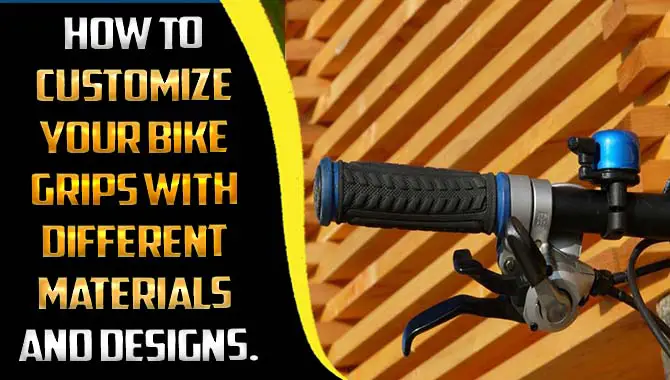
Ways To Customize Your Bike Grips With Different Materials And Designs
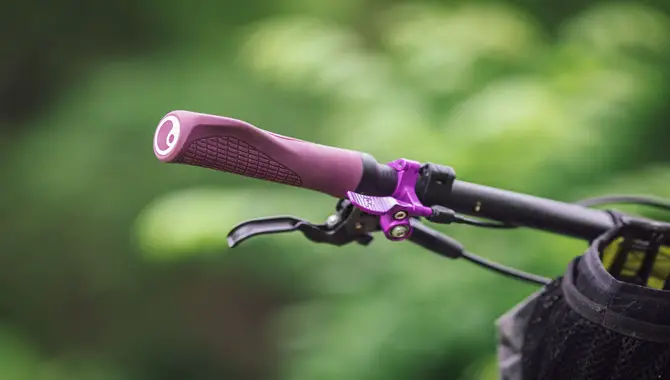
Customizing bike grips is a great way to personalize your bike and make it more comfortable to ride. There are a variety of grip designs, thicknesses, and textures to choose from, as well as the option to custom make lengths in silicone grips and wraps.
Silicone grips are comfortable and resistant to UV damage, but they are fragile and can tear. Different grip materials offer varying levels of cushion, shock absorption, stability, and slip prevention. Riders with larger hands can find grips up to 150 mm in length.
1.Ergonomic Grips
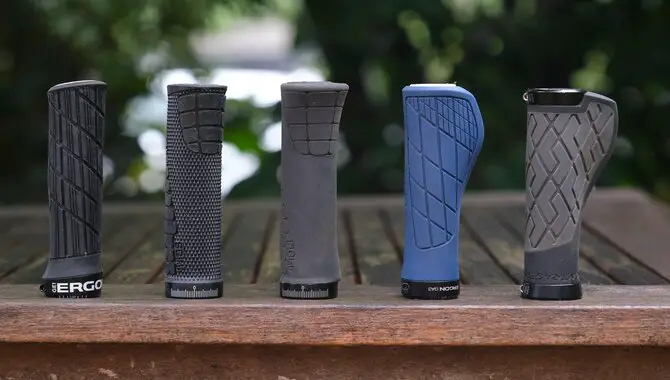
Ergonomic grips provide additional support for the hand and wrist to reduce discomfort when cycling. They are typically positioned so the wing sits lower than the wrists, providing more support while riding. The ergonomic grips can also help reduce wrist pain, hand numbness, and back and neck pain.
However, ergonomic grips may be more expensive than traditional bike grips. Therefore, it is important to consider your budget and personal preference before buying bike grips. Besides, it is a good idea to test out different grips to find the one that fits you best.
2.Grips With Integrated Bar Ends
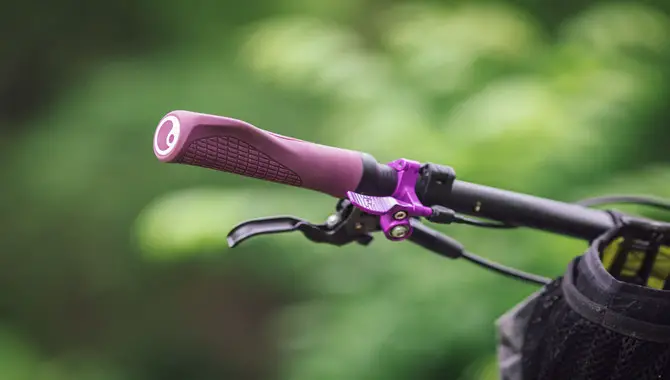
Picking the right handlebar grips for your bike can make all the difference in how comfortable and safe you feel riding. There are a variety of different handlebar grips to choose from, including grips with integrated bar ends that allow riders a second hand position. Bar end plugs and caps provide some protection and stability to lightweight carbon fiber handlebars.
Mountain bike grips are an innovative suspension design that creates a gap between it and the bar, allowing a small amount of float. Handlebar tape is usually used on road handlebars that have multiple hand positions, such as drop bars, trekking bars, mustache bars, and bullhorn bars. Whether you prefer grips with integrated bar ends or mountain bike handles, there are plenty of options to find the perfect grip for your bike.
3.Dual Compound Grips
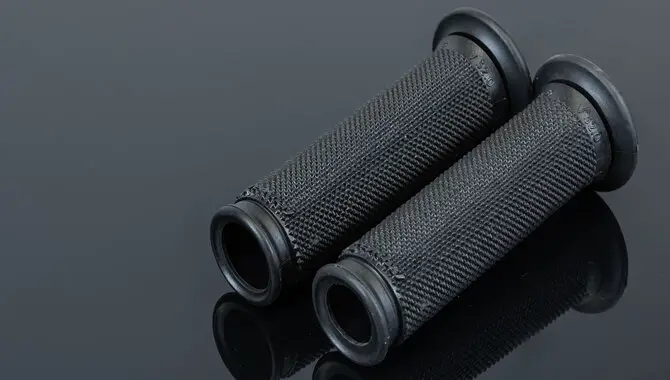
Dual compound grips are designed to provide stability and durability during riding. They consist of a hard rubber core and a softer compound exterior. This design prevents the grip from slipping around or twisting while providing comfort and grip. They are generally thicker than other types of grips.
Dual compound grips offer the benefits of both hard and soft grips, making them ideal for various riding conditions and genres. They are versatile and can be used on road bikes, mountain bikes, and even cruisers.
The various types of bike grips provide various benefits to the rider, with dual compound grips offering the best of both worlds. These grips are durable, comfortable, and effective at providing grip; making them an essential accessory for any rider’s bike closet.
4.Flanged / Flangeless Grips
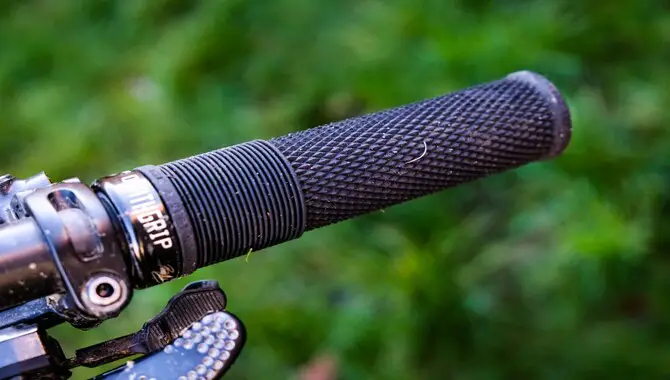
Flanges are rubber discs near the opening or inside of the handle grip, commonly seen on BMX bikes and some mountain bikes. These flanges can be a personal preference as they offer different levels of traction and grip. Lock-on grips use metal collars on the end of the handlebar that lock onto the handlebar with Allen bolts.
They provide a secure fit and do not throttle on the handlebars. Push-on grips slide onto the handlebars and are fixed in place with grip adhesive to provide a comfortable grip. These grips are easy to install and remove, making them ideal for short-term use. Some lock-on grips are designed with soft compound construction for improved vibration reduction and durability.
5.Lock-On Grips
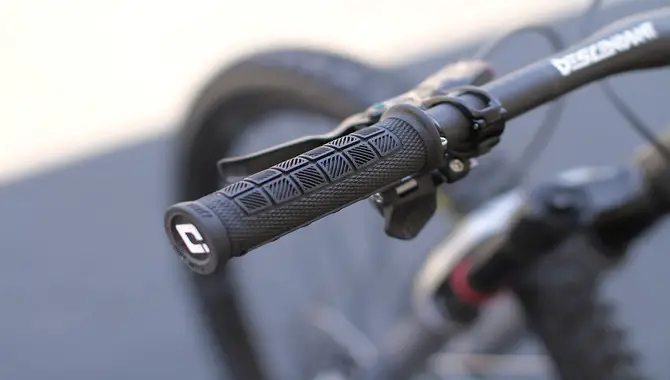
Lock-on grips are becoming increasingly popular in cycling disciplines such as mountain biking, bicycle touring, and commuting. These grips feature metal collars at either one or both ends and are secured to the handlebar with Allen bolts. Most lock-on grips have metal parts covered with rubber for added comfort and durability.
They are available in various sizes and compounds that provide a variety of grip options for different bike handlebar shapes and sizes. Traditional bicycle grips are suitable for mountain bike riding, e-bikes, beach cruisers, scooters, and handlebars with an OD between 19-22mm.
To ensure a comfortable and secure grip on the handlebar, lock-on grips must be fitted properly. To make sure that the lock-on grip fits perfectly on your bike, use a mounting device to ensure the collar of the lock-on grip is flush against the handlebar.
6.Rubberized Grips
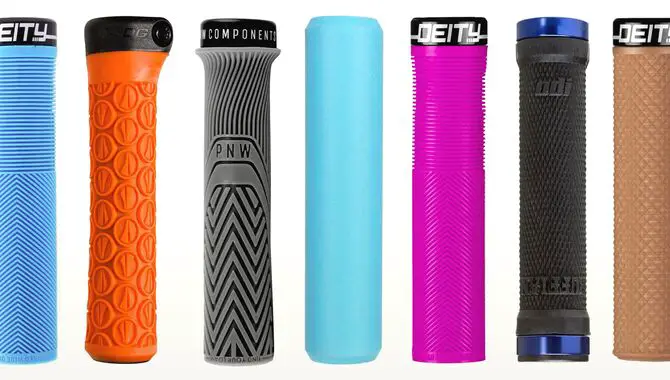
There are a variety of rubberized grips available in the market for customizing bike grips. One popular type of grip is extra-chunky mountain bike grips, which provide excellent traction and durability over a long period of time. foam grips absorb sweat and are inexpensive, but they are also prone to damage from UV light.
For better vibration damping and grip customization, some companies offer foam sleeves that slide onto handlebars. These sleeves can provide good vibration damping but also potentially move around on the handlebar. To optimize grip performance and maximize comfort, it’s important to choose the right grip texture and tread pattern for your bike. By choosing the right grip, you can move moisture, mud, and sweat away from your hands, ensuring that you stay comfortable while riding all day long.
7.Foam Grips
Foam grips are a traditional material used to customize bike grips. They are comfortable and absorb sweat, making them perfect for long rides. However, foam grips are affordable but tend to get damaged easily. Other materials for customizing bike grips include leather, silicone, and aluminum.
These materials are durable and can be customized to suit the user’s preferences. Handlebar tape is another inexpensive option for customizing bike grips and can be placed directly on the handlebar to provide a comfortable grip. This ensures that the bike rider has a secure grip while riding or racing.
8.Leather Grips
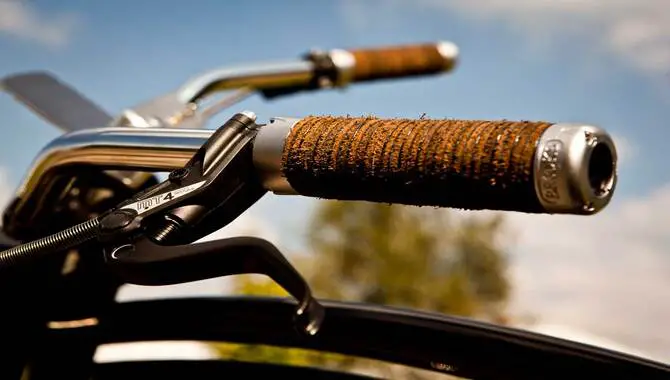
Leather grips are a great way to customize your bike’s handlebars. They can add style and durability to your bike at a budget-friendly price. Depending on the type of leather you choose, you can get grips in a variety of colors and patterns. Some leather grips are designed with a rubber or foam insert in the handlebar to provide extra comfort.
Other types of grips, such as grip tape, are more durable and may last longer than other types of grips. However, installation of leather grips can be time-consuming and require special tools. Overall, leather grips are a versatile and affordable way to add style and comfort to your bike.
9.Customized Designs
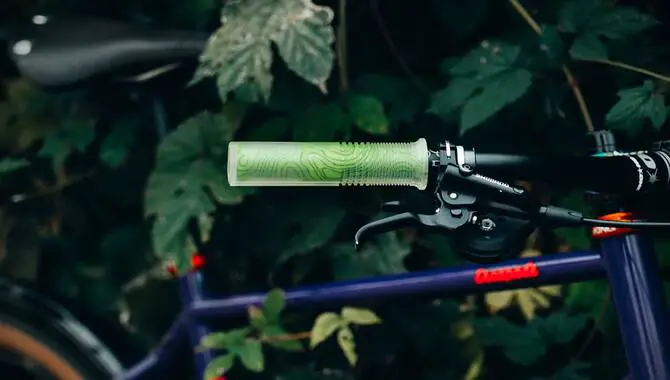
When it comes to customizing bike grips, there are a variety of options available. These options include shapes, thicknesses, and textures, as well as the ability to customize the grips with engraving and imprinting. Some of the most popular grip customization options include:
Custom-molded grips that fit the size and shape of each rider’s hands Foam grips that absorb sweat and degrade over time, but are popular among riders because they provide a good grip in all conditions
TMR Designs offers proprietary material that can be customized to create grips that are perfect for your riding style. Whether you’re looking for a chunky MTB grip or a sleek design that fits your personal style, custom bike grips are a great way to personalize your ride.
Benefits Of Using Different Materials For Bike Grips
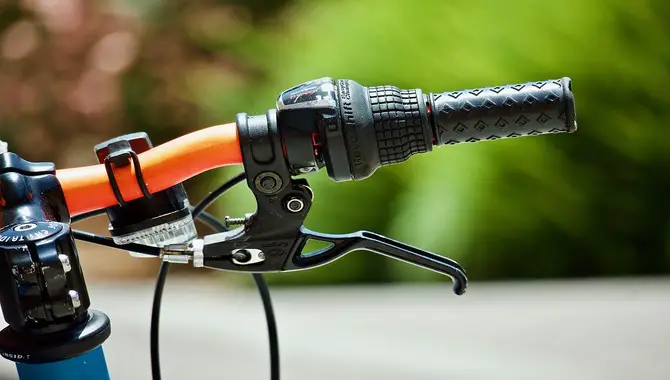
Bike grips are an important part of bike riding, and there are a range of materials that can be used to create a comfortable and grip-giving experience. Materials like rubber, foam, leather and cork are often popular as they are both comfortable and effective.
Different materials can be chosen based on the type of riding that you do – whether you prefer a soft grip or one that grips better in wet or dry conditions. Additionally, different grips can be created depending on the style of riding – for example, mountain biking grips tend to be made from rubber while road bike grips are often made from foam.
Synthetic materials such as silicone offer good grip but may resist wear and tear, while natural materials such as leather and cork can age well and offer a sense of luxury. Bike handlebar grip materials also need to be chosen based on factors such as budget, riding conditions, and whether gloves are worn.
Conclusion
Custom bike grips are a great way to personalize your bike and make it yours. There are plenty of options available in the market. From foam grips to lock-on grips, you can find grips that fit the design of your bike perfectly. Besides, riding with personalized bike grips is an excellent way to protect your hands from damage.
Each material has its own advantages, so choose the grip that works best for your bike and design. If you’re looking to add a bit of personal flair to your bike rides, you can customize your grips using different materials and designs. By choosing the right grip material and design, you can create a grip that is both comfortable and stylish.
Frequently Asked Questions
What Materials Are Best For Bike Grips?
Bike grips can be made from a variety of materials, including rubber and rubber-like materials, metal, foam, and synthetic materials.
Rubber grips are commonly used because they offer varying degrees of stickiness and knobby patterns that improve grip and comfort.
What Material Are Bike Grips Made Of?
Bike grips are typically made of rubber compounds, silicone foam grips are popular for cross-country riding or touring, high-end German-made ergonomic grips are made of a high-quality rubber compound, foam, leather, and cork grips are also available. Some grips also feature patterns on their surface that are designed with both no-slip performance and comfort in mind.
How Do You Paint Bike Grips?
To paint bike grips, first clean the grip with a window cleaner and a soft cloth. Then, use special spray paints designed for plastics to paint the grips. Make sure to follow the manufacturer’s instructions for application, and mask off the ends of the grip with masking tape. Allow the paint to dry before installing the grips back onto the bike.
What Material Is Best For Handle Grip?
Rubber and rubber-like materials are the most common materials used for handlebar grips because they offer good grip and durability. Lock-on grips have hard plastic with a rubber grip molded around it and are held in place by clamping lock rings. Slide-on grips are made entirely of rubber or silicone and usually offer a more plush feel and vibration damping.
What Are The Different Bike Handlebar Grips Patterns?
There are a few different bike handlebar grips patterns that are available on the market.
Some bike handlebar grips are standard in diameter to fit any mountain bike handlebar, while others are customized to fit a rider’s hand or riding position better.
Different materials, cushioning levels, styles, and designs affect the size and shape of bike handlebar grips.
Handlebar tape is an alternative to handlebar grips that is primarily used on road handlebars which have multiple hand positions.

I am passionate about writing blogs about bikes. I love riding my bike and love talking about it even more. My blog is the perfect place for anyone who loves biking as much as I do. Come check it out and learn some tips and tricks from me!